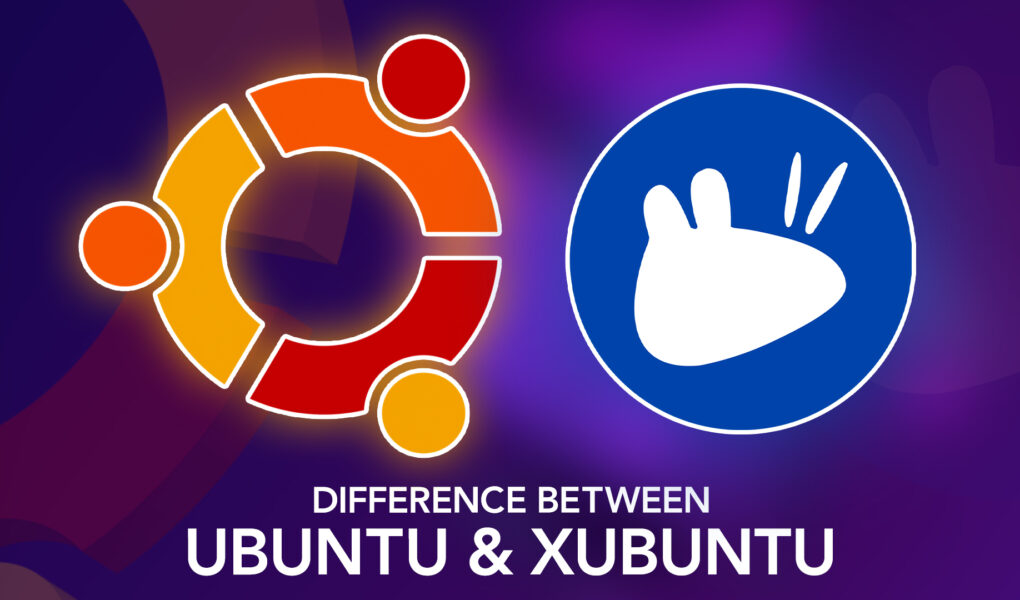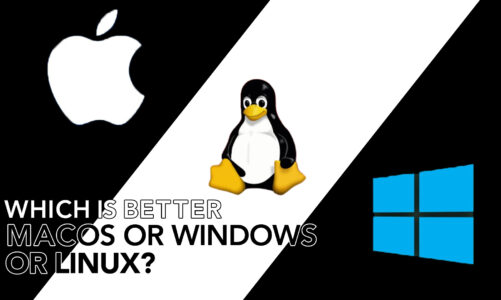Ubuntu and Xubuntu are two well-known distributions of the Linux operating system. Although they might appear alike and sound similar, there are essential distinctions between the two that can influence your experience as a user.
Continue to read with us as we delve into the specifics of Ubuntu and Xubuntu, examining their differences to guide you in choosing the right distribution for your personal or professional use.
What is Ubuntu?
Ubuntu, a Debian-derived Linux distribution developed by Canonical Ltd., made its debut in 2004 and has grown to become one of the most widely used Linux distributions globally. The goal was to make it accessible and user-friendly for individuals of all technical proficiencies, without exception.
Ubuntu offers a polished, modern user interface using the GNOME desktop environment. It comes pre-loaded with a variety of useful applications, such as LibreOffice, Firefox, and Thunderbird. Additionally, the Ubuntu Software Center offers access to a vast array of applications for users to explore. Security updates and patches are released regularly, ensuring your system remains secure and up-to-date.
What is Xubuntu?
Xubuntu is another Debian-based Linux distribution that originated as an official Ubuntu flavor in 2006. It was created to provide a lightweight yet powerful alternative to the main Ubuntu distribution, focusing on performance and simplicity.
Xubuntu utilizes the Xfce desktop environment, which is known for its lightweight design and customizability. It includes many of the same applications found in Ubuntu but with some lightweight alternatives to conserve system resources. Like Ubuntu, Xubuntu also benefits from regular security updates and patches.
Differences between Ubuntu and Xubuntu
1: User Interface
A notable difference between Ubuntu and Xubuntu can be found in the distinct user interfaces they each employ. Ubuntu uses the GNOME desktop environment, which offers a modern and visually appealing experience. Conversely, Xubuntu employs the Xfce desktop environment, characterized by its more lightweight and minimalist design. While Xfce may not be as visually striking as GNOME, it is highly customizable, allowing users to tailor their experience to their preferences.
2: System Requirements
Xubuntu is designed to be more lightweight than Ubuntu, making it a better choice for older or less powerful hardware. Ubuntu typically requires a more powerful system to run smoothly, especially if you’re using the default GNOME desktop environment. If you have limited system resources, Xubuntu may be a better fit.
3: Performance
Due to its lightweight design, Xubuntu generally offers better performance on lower-end hardware compared to Ubuntu. As a result, users may experience swiffer booting, faster launching of applications, and enhanced overall system agility. For users with top-tier hardware, the performance disparity between the two distributions might not be considerably noticeable.
4: Customizability
Both Ubuntu and Xubuntu offer a high degree of customizability, but Xubuntu’s GNOME desktop environment can be more limited in some aspects compared to Xubuntu’s Xfce. Xfce is renowned for its adaptability, enabling users to make considerable alterations to the appearance and experience of their desktop environment. Xubuntu becomes an outstanding option for users seeking to craft a customized and distinctive computing experience.
5: Software Availability
Ubuntu and Xubuntu share the same software repositories, meaning that both distributions have access to the same applications. However, Ubuntu comes pre-installed with a broader range of applications, while Xubuntu opts for lightweight alternatives to conserve system resources. Users can easily install additional software from the repositories, making the difference in pre-installed applications less significant in the long run.
6: Community Support
Ubuntu and Xubuntu both enjoy the support of an extensive and engaged community of users and developers. As a result, there is no shortage of support resources, including forums, blogs, and tutorials for both distributions. However, Ubuntu’s larger user base means there may be more readily available help and documentation for specific issues.
Which One Should You Choose?
Ultimately, the decision to opt for Ubuntu or Xubuntu depends on your individual preferences and the specific needs of your system. If you have a powerful computer and appreciate a modern, visually appealing user interface, Ubuntu may be the better choice. Nonetheless, if you are using older or less robust hardware or if you appreciate personalization and a straightforward approach, Xubuntu might be the perfect option for you.
Conclusion
The choice between Ubuntu and Xubuntu is not simply a matter of appearance or system requirements; it’s a reflection of the user’s priorities and preferences. In the realm of open-source software, these two operating systems express the versatility and adaptability that make this ecosystem so vibrant.
Both Ubuntu and Xubuntu are excellent choices for Linux users, each offering its unique set of features and benefits. While Ubuntu provides a more polished, modern user experience, Xubuntu focuses on performance and customizability.
By comprehending the distinctions between these two distributions, you can make a well-informed choice regarding the one that best aligns with your requirements.



